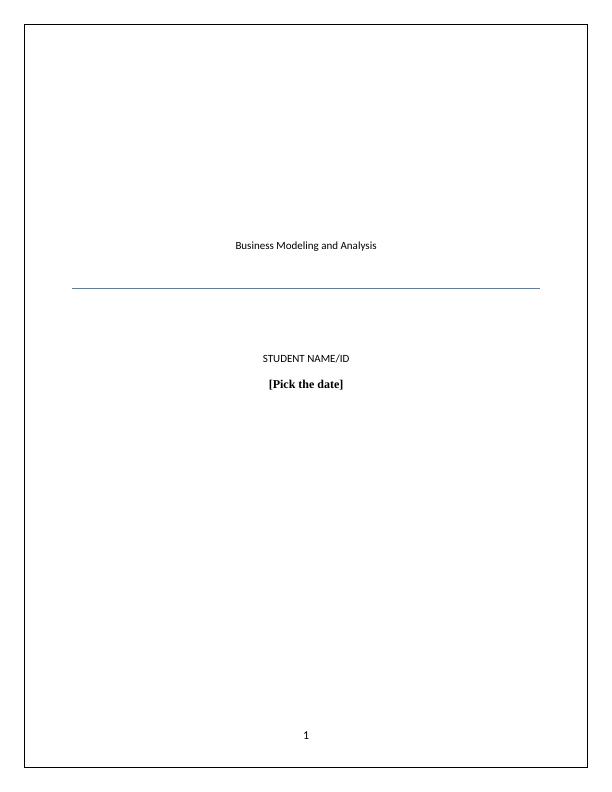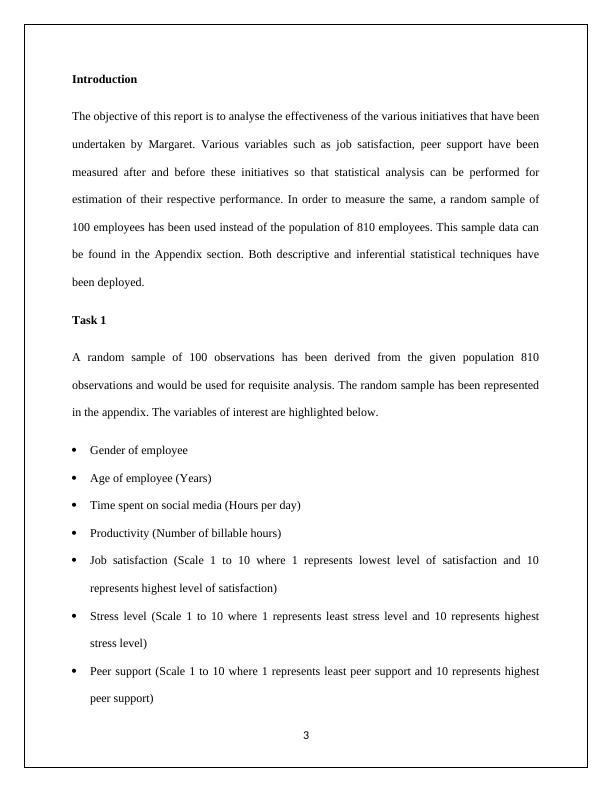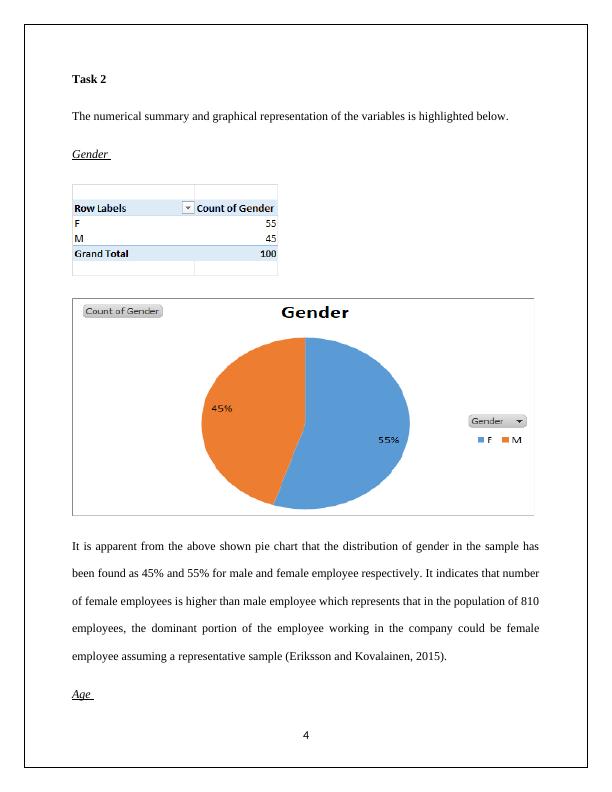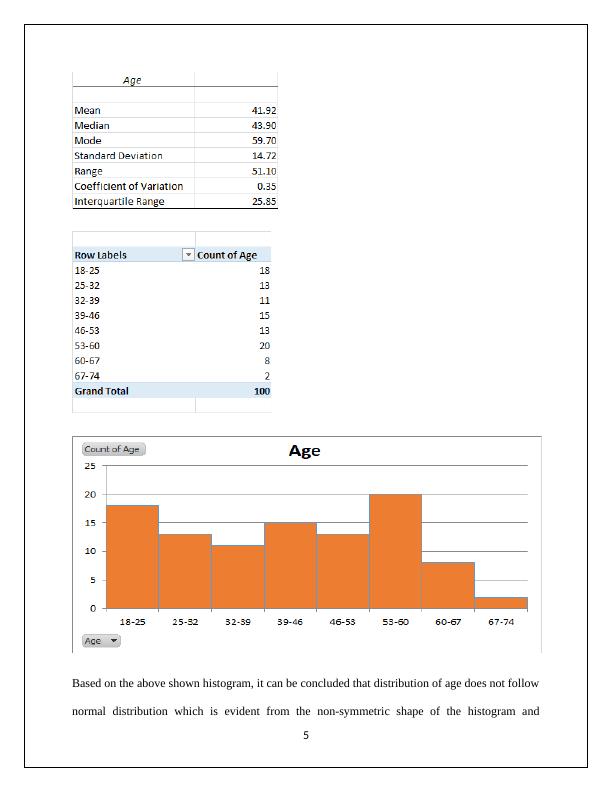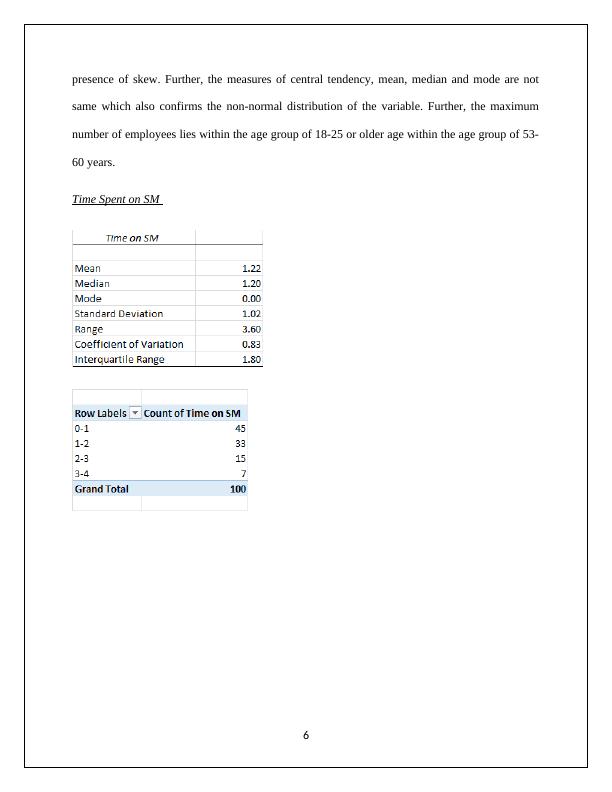Impact of Initiatives on Employees: Statistical Analysis
Added on 2023-06-03
24 Pages2779 Words56 Views
End of preview
Want to access all the pages? Upload your documents or become a member.
Work Aspect Preference Scale Survey Result Report
|7
|1740
|236
Statistical Analysis of Movie Downloads from an Internet Site
|18
|1986
|65
Introduction to Statistics for Economics
|14
|2421
|64
Example of continuous variables
|3
|511
|17
Quantitative Analysis .
|10
|2223
|84
Employee Satisfaction and Stress Levels in a Controlled Social Media Environment – A case Study for a Law Firm in Melbourne
|18
|3540
|336
